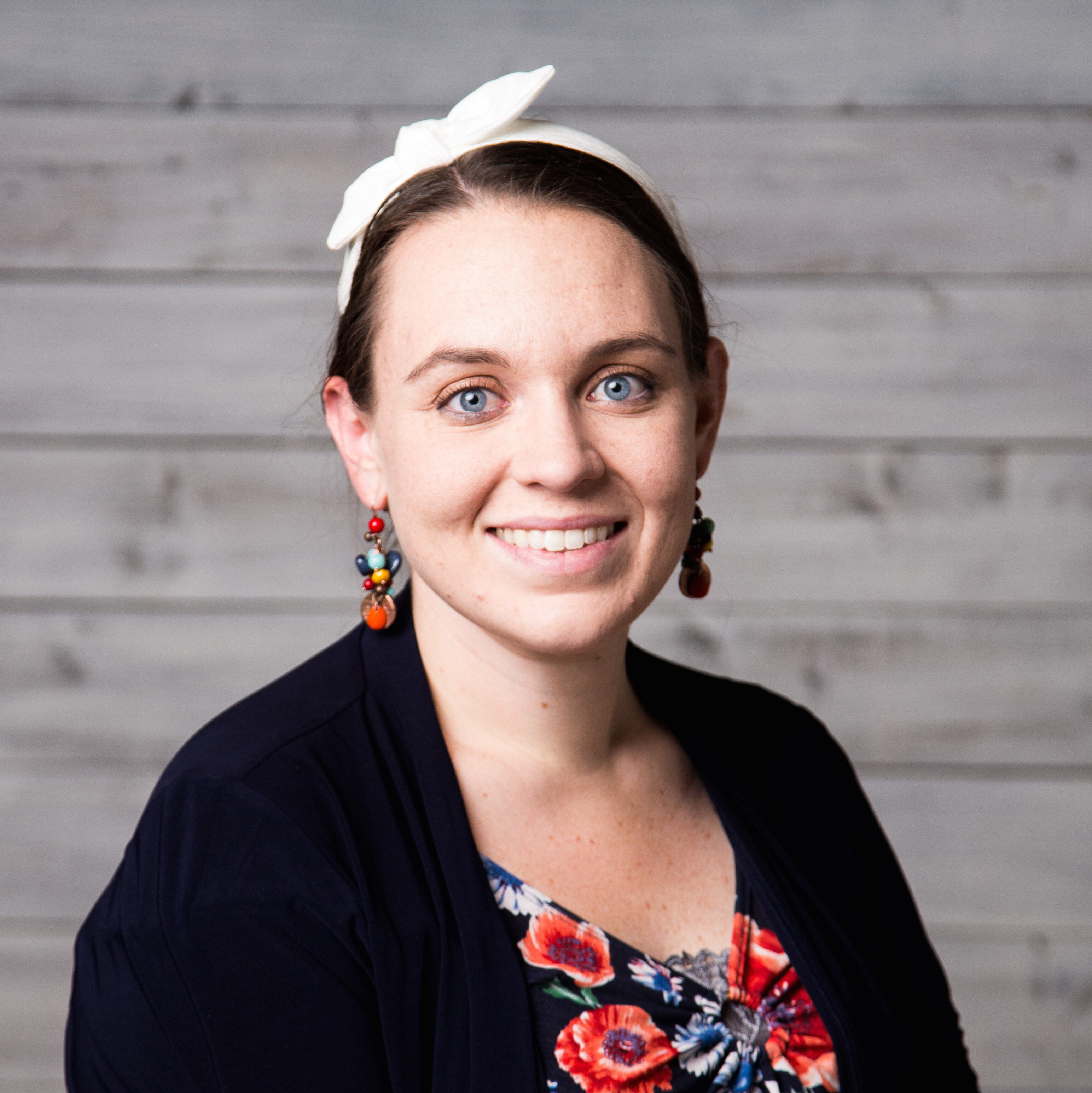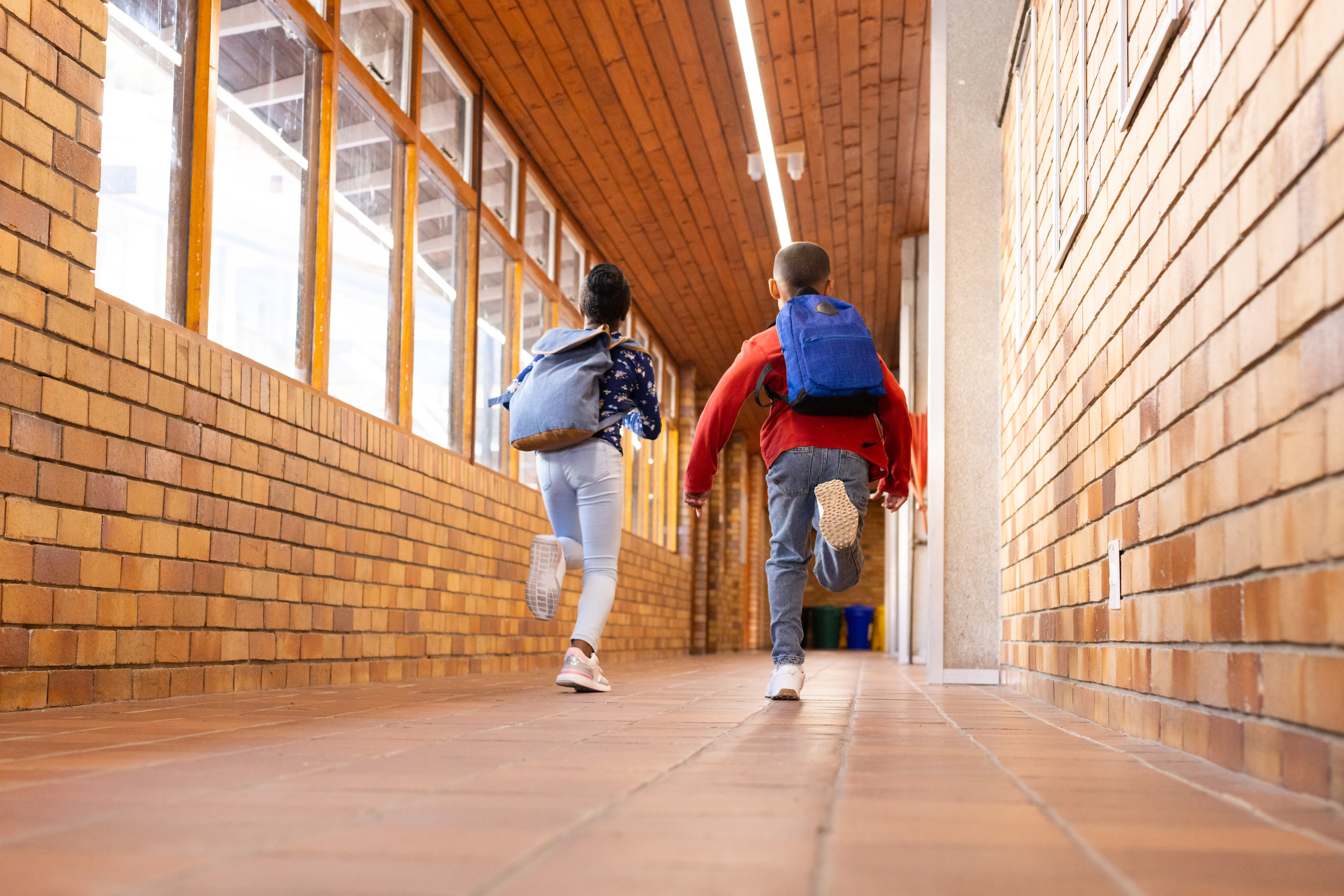Student health and safety came to forefront of schools’ responsibilities at the start of the COVID-19 pandemic. Many school districts focused their efforts on finding and implementing a tool to make identifying and tracking COVID outbreaks easier and more efficient.
Brian Seligman, K12 Director of Information Systems, Data, and Technology and the Chief Information Officer at the Harrison Central School District in New York was tasked with implementing that tool for his district. In a webinar with CrisisGo, he shared three features any student health tracking tool should have.
- Communicate directly with students/parents, staff/faculty, and administration
The school district sends health screening surveys every morning to parents and staff which certify which students and staff are safe to come to school and who needs to quarantine. That information is passed seamlessly to administration.
“Every morning, we send out an email that goes out to all our staff and all of our parents as a pre-screener, developed through questions that the Department of Health guided us to ask, which will indicate whether a student of a staff member is safe to come onto campus.
“This gives us real time actionable data every morning, whether it’s at the district level or at the school level…about which students or staff members are at risk, need to be quarantined, or need follow up and contact tracing—basically who should or should not come to school.”
- Speed up the check-in process and scan students in
It’s important to check that each person entering campus has completed a health screening and is cleared to enter a building. Without a tool for screening that pairs with an entrance scan, that process could take hours. By integrating badge scanning, schools can quickly verify that a student or staff member has completed a safety screening.
Most elementary students don’t have their own phones, so schools need a way to scan in without personal devices.
“Parents will show us their badge, that they completed through their pre-screening that morning for each child, or if they don’t have that we created some printable QR codes that we laminated and taped to the child’s backpack and we scan that.”
At middle and high schools, the process can be even more automated.
“Middle school and high school are slightly different. They’re older so some of the kids have their own phones and they’ll use the Safe2SpeakUP app which is the student version of the CrisisGo app, and they’ll show us their QR badge and we’ll scan them in as well. For kids that don’t have phones, they will get scanned in using a QR code that they have attached to their ID. They’ll show it to us and come into the building. [That way,] we track who’s coming into the building and that they’ve completed the form.”
If a parent didn’t fill out the pre-screening, the school knows that, too and can identify and pull those kids aside for a manual screening by the school nurse. The key is having immediate access to crucial data.
“Either way, we’re scanning kids into the building. So it gives us a visual record, not only of the fact that the kids are safe to come to school as per the parents, but we’ve actually created a record that they’re actually, physically in the school as well.”
- Area scanning to support robust contact tracing
Contact tracing is an essential part of a COVID-19 response protocol. If a student or staff member tests positive, it is essential to be able to identify and quarantine others who were potentially infected—the faster the better. This task is complicated enough for elementary students, but for high schools (who are expecting more schedule flexibility), the process get untenable in a hurry.
“At the high school, like very many high schools, we had flexible scheduling, meaning that there are some periods where students are not scheduled. They might have a free or an open period, they might have a study hall where they can go in a variety of different places, or the school is open early so kids might come to school early because they want to get some work done or they might stay late for the same reason.”
The district knew they had to limit some mobility, but they didn’t want to entirely remove their flexible scheduling.
“We wanted to find a way that we could track kids, specifically for contact tracing. [But free periods] became a challenge … A student would report to us that they were COVID positive and we would go back through their schedule and we would see:
‘Oh, you had a free period, where did you go during the free period?’
‘well, I went to the library.’
‘Who were you sitting with in the library?’
‘Oh, I can’t remember his name.’
“The assistant principals of the high school were going through video footage, looking through the hallways, watching kids move trying to see who was together. It became a real mess.”
If Harrison Central School District was going to maintain free periods, they needed a more efficient way to track where kids are in the building and who they’re with.
“[Now we use] area scanning. We’ve created a QR code that’s unique to every area where students are allowed to congregate at a variety of times: the student union, the performing arts center, the senior patio, the library—even specifically down to the table in the student union…
“Basically what the kids to is take their phones with the Safe2SpeakUP app and they scan the QR code of the room they’re going into—the performing arts center, the student union, the library, wherever—and then it creates a digital record of everywhere that child has been that they aren’t assigned through the Student Information System.”
Area scanning has both enhanced and simplified contact tracing protocols.
“It’s been an absolute blessing to have because it’s so challenging to track kids who are moving throughout a high school in this type of environment.”
What does the future hold for these tools?
“Post-COVID we’re still going to use Safety iPass, especially at our high school where we have an open campus so we have kids that are coming and going, either they’re coming in late, they’re leaving, they’re going out to lunch, so using Safety iPass, allowing them to scan in and out, will give us a better record of who’s physically in the building.
“The CrisisGo team has been phenomenal. Every question that we’ve ever had has been answered right away, they’ve been very responsive and I absolutely recommend using them.”
Learn more about the tool Harrison Central School District school district selected—Safety iPass—and see how it could work for your school—during COVID-19 and beyond.












No Comments Yet
Let us know what you think